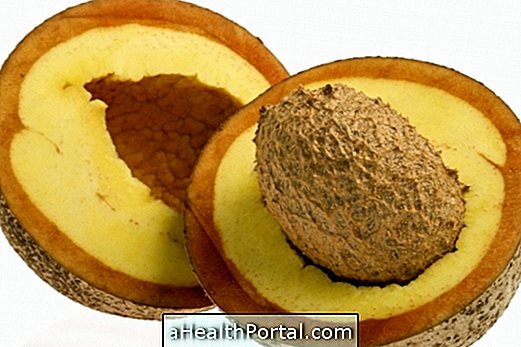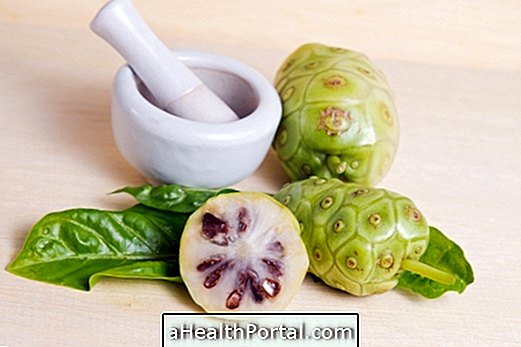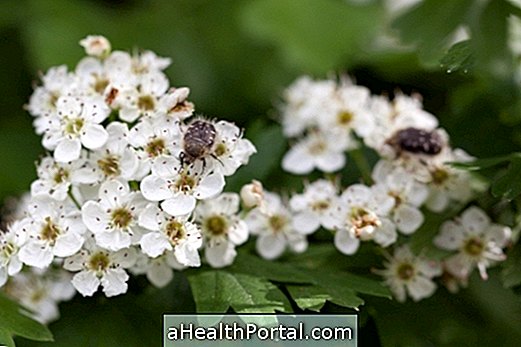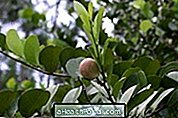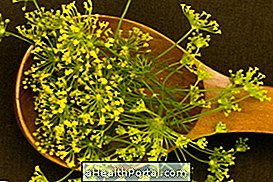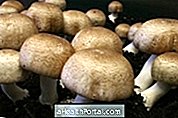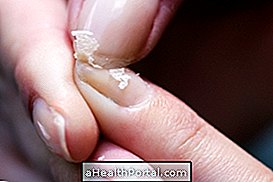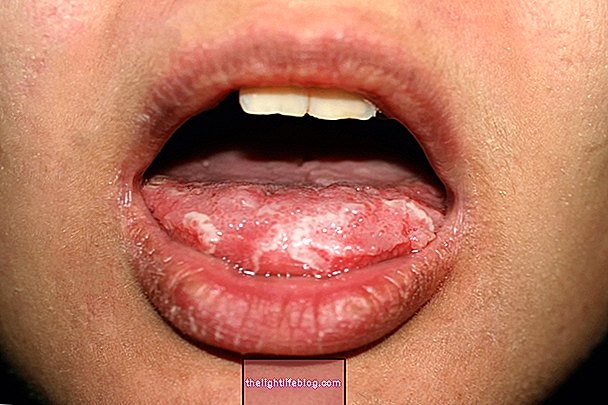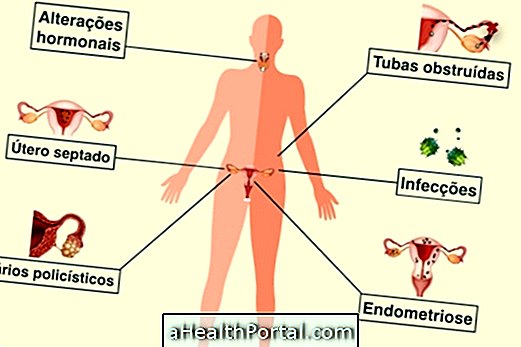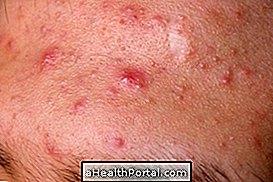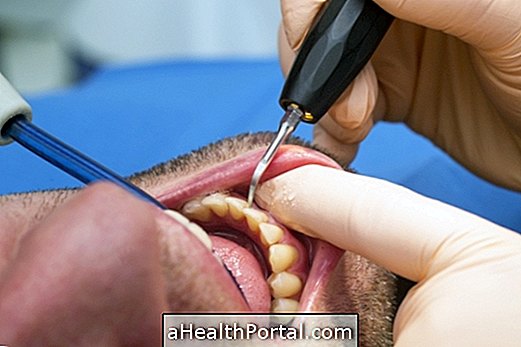Quixaba is a tree that can have medicinal purposes, which can reach 15 meters in height, has strong thorns, elongated leaves, aromatic and whitish flowers and purple-dark and edible fruits. The bark of the quixaba tree can be used to make home remedy that helps in the treatment of diseases of the kidneys and diabetes.
The quixaba can be bought in some natural products stores and markets, and its average price is 10 reais. Quixaba is also known as sapotiaba, black quixaba, caronilha, gibão-romba and maçaranduba-da-praia, and its scientific name is Sideroxylon Obtusifolium .
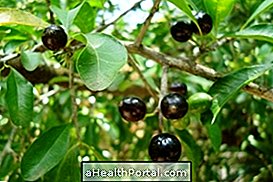

What is Quixaba used for?
Quixaberry peel helps to treat inflammation in the uterus, ovarian cyst and vaginal discharge, as well as spinal pain, diabetes and to aid in the healing of skin wounds.
Here's how to prepare a great home remedy for diabetes.
Properties of Quixaba
Quixaba has tonic, anti-inflammatory, hypoglycemic and healing properties.
How to use Quixaba
The used part of quixaba is the bark of this tree.
- Ingredients for quixaba tea: Use 2 tablespoons of quixaba husks for 1 liter of water. Cook the peel in the water for 15 minutes, then strain and take to aid in the healing and anti-inflammatory treatments.
- Ingredients for alcoholic extract: Use 200g of quixaba bark for 1 liter of cereal alcohol. Macerate the bark for 24 hours together with the alcohol in an appropriate capped container. After maceration set aside in a dark glass container to prevent light from passing through. Take one teaspoon of alcoholic extract with quixaba diluted in half a glass of water to aid in the treatment of diabetes.
The recommended daily dose of quixaba tea or alcohol extract should be directed by a phytotherapy specialist.
Side Effects of Quixaba
Quixaba tea can cause hypoglycaemia. Control of the glucose level should be done before ingesting the tea so that glucose does not fall below normal levels.
Contraindication of Quixaba
The use of quixaba as a medicinal plant is contraindicated for children, pregnant women, breastfeeding women, people sensitive to substances present in the quixaba and for insulin dependent diabetics.
